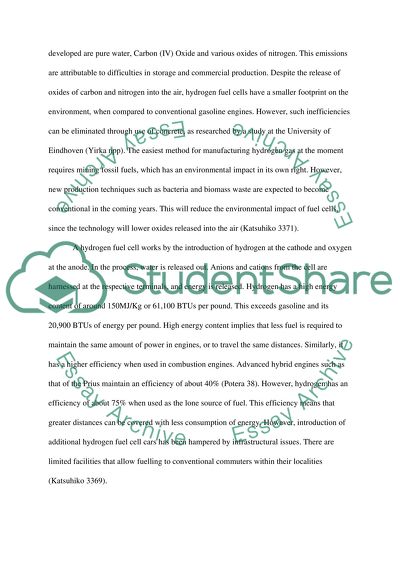Cite this document
(“Countermeasures to Automobile-Exhaust Pollution Research Paper”, n.d.)
Retrieved from https://studentshare.org/environmental-studies/1495595-countermeasures-to-automobile-exhaust-pollution
Retrieved from https://studentshare.org/environmental-studies/1495595-countermeasures-to-automobile-exhaust-pollution
(Countermeasures to Automobile-Exhaust Pollution Research Paper)
https://studentshare.org/environmental-studies/1495595-countermeasures-to-automobile-exhaust-pollution.
https://studentshare.org/environmental-studies/1495595-countermeasures-to-automobile-exhaust-pollution.
“Countermeasures to Automobile-Exhaust Pollution Research Paper”, n.d. https://studentshare.org/environmental-studies/1495595-countermeasures-to-automobile-exhaust-pollution.


